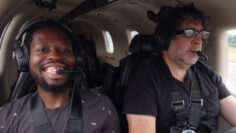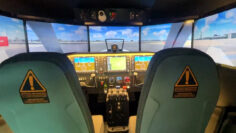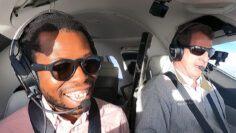ISA in Aviation
ISA in Practice
The ISA model offers a consistent reference for atmospheric conditions, assuming a dry atmosphere with a particular lapse rate up to the tropopause – the boundary that separates the troposphere and the stratosphere.
Let’s talk about the impact of ISA on aircraft performance. When taking off, ISA deviations can have a significant effect. Warmer-than-ISA conditions can reduce air density, making the plane need more runway for takeoff. In contrast, cooler-than-ISA conditions can enhance air density, leading to better engine performance and shorter takeoff distances.
When cruising in the skies, these deviations continue to play a role. Colder temperatures can increase aircraft performance by improving engine efficiency and cutting down fuel consumption. On the other hand, warmer temperatures can hit engine efficiency, potentially affecting cruising speeds and fuel burn rates.

When it’s time to land, these conditions again come into play. Just like at takeoff, cooler-than-ISA conditions increase air density, providing better braking efficiency and shorter landing distances. Warmer conditions, however, reduce air density and can require longer runways for landing.
Frequently Asked Questions (FAQs)
How does ISA affect aircraft performance?
ISA plays a significant role in aircraft performance by influencing engine power, lift generation, and air density. Variations from ISA conditions can affect various phases of a flight, including takeoff, climb, cruise, and landing. Cooler-than-ISA conditions increase air density, which improves engine performance and lift production. Conversely, warmer-than-ISA conditions reduce air density, necessitating adjustments in performance calculations and potentially impacting aircraft capabilities.
Why is ISA important for pilots?
ISA is like the North Star for pilots. It gives them a framework to calculate aircraft performance and make informed decisions. Understanding ISA conditions and deviations can help pilots determine appropriate engine power settings, estimate takeoff and landing distances, and optimize fuel burn during a cruise.






